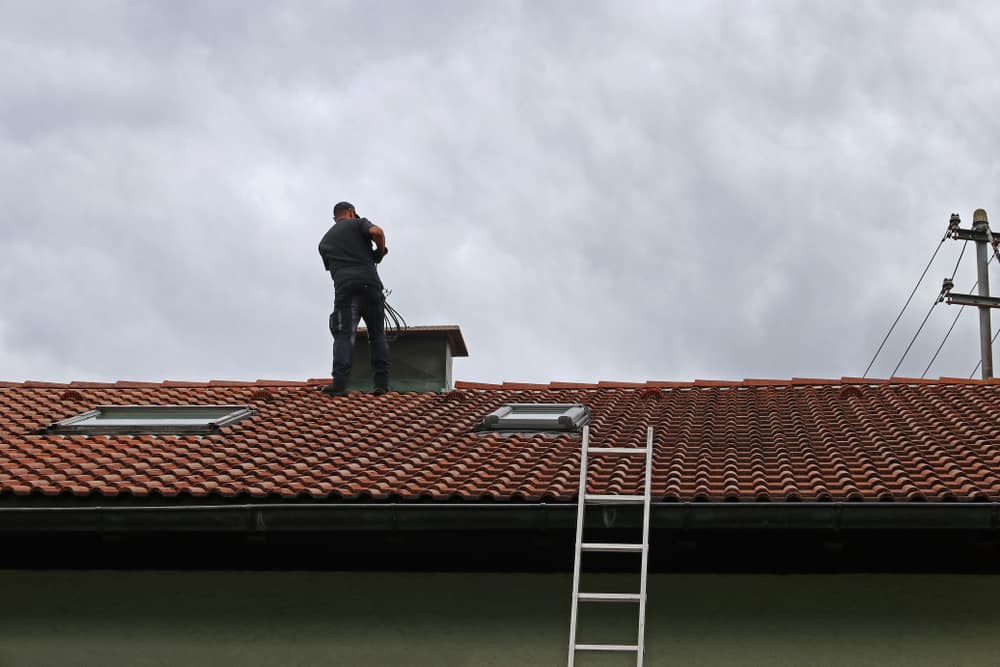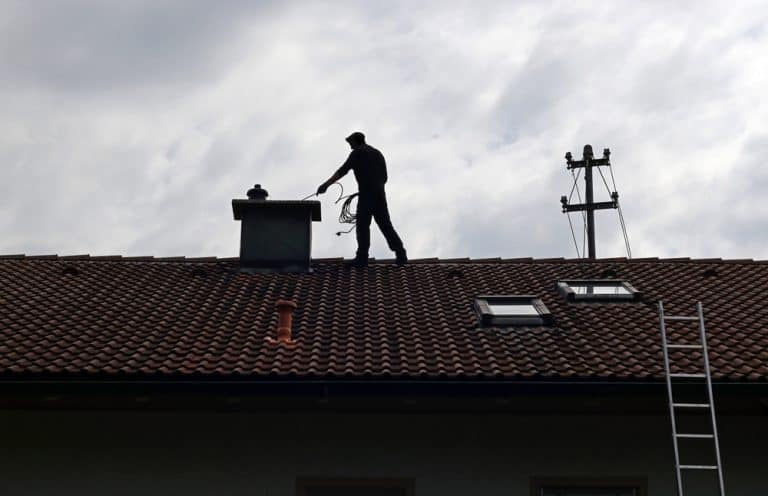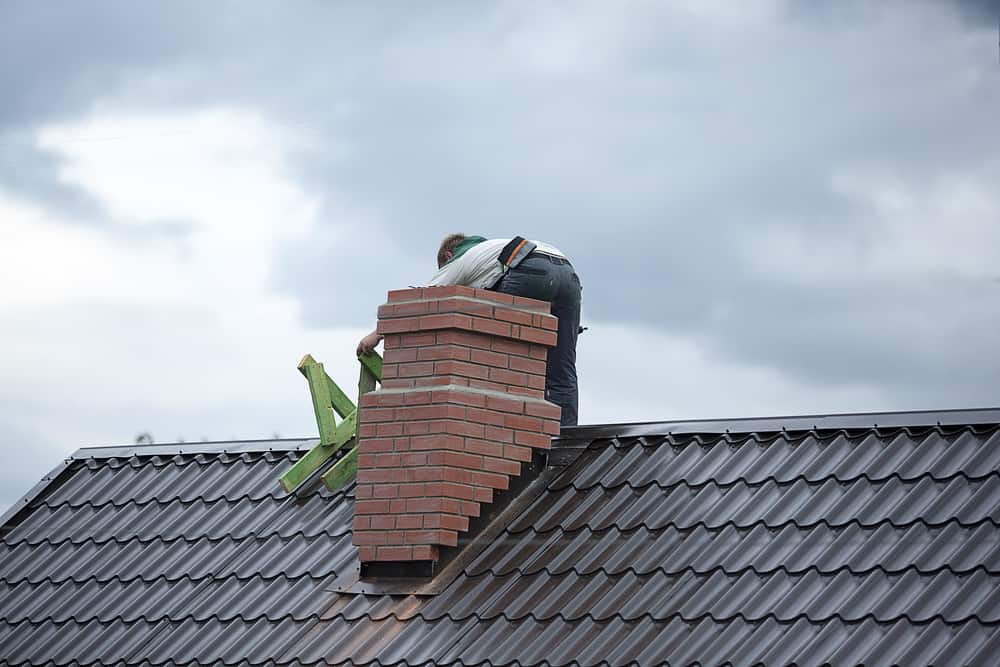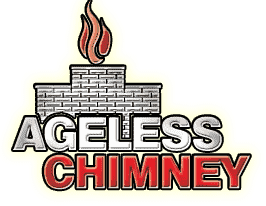Chimney Services In Stuyvesant Square, NY
What our clients say




View our work
Browse all Services
contact us

From lawn care to bill paying, homeowners have a lot on their to-do lists, and if they have a fireplace, they often forget to prepare it for winter after a long summer.
However, it’s critical to remember to have your fireplace inspected by chimney sweep specialists in NY before using it during the winter months.
This article will explain why it’s crucial to inspect your fireplace by hiring chimney sweep professionals in New York County at least once a year.
Owner Operated
Because all jobs are handled by an owner, you can rest assured that your project will command the attention it deserves.
Free Estimates
Great service at the best price. We will not be undersold. Our estimates are FREE and we will beat any written estimate.
24-Hour Emergency Service
Ageless Chimney is one of a few chimney companies to offer TRUE 24-hour emergency service should you need it.

1) Chimney Fire Prevention
The most obvious reason to have a chimney inspection in NY is to help prevent chimney fires. How can an inspection aid in fire prevention?
Suppose the chimney sweep technicians near me in Stuyvesant Square, NY, inspect your fireplace chimney, notice soot levels, creosote build-up, or any other blockages. In that case, you’ll know it’s time for a cleaning.
It’s highly recommended that you get your fireplace and chimney cleaned and inspected simultaneously to ensure they are clean, safe, and working correctly.
If your chimney is dirty and the flue is lined and blocked with soot, you risk a fire every time you light a fire. Chimney fires can be very loud and noticeable when they start, or they can be reticent, and you may not realize it’s on fire until it’s too late.
2) Extra Protection For Your Family
As you may be aware, a fire produces smoke and carbon monoxide, which are extremely dangerous to breathe. When you have a chimney fireplace in NY, you must be as careful to keep those things out of your home.
You can stop any problems before they get out of hand by undertaking a chimney inspection with the help of a chimney sweep near me and a chimney repair service provider in New York County once a year before you start using it again.
During the chimney inspection, the technician in Stuyvesant Square, NY, may discover that your damper is defective or wholly broken or that your flue and liner are blocked. When smoke and carbon monoxide don’t have a clear path out of your chimney, it can bulge back into your home, where you and your family will inhale.

3) Smoke Damage Prevention
As we know, smoke accumulates in your flue and released back into your home, posing a health risk. It further leaves stains around the area and over the furniture when it comes in contact with your chimney fireplace.
If you ignore reality, you will have smoke stains on your furniture and walls. Don’t put yourself in the position of buying a new fireplace because you forgot to hire someone to have your fireplace inspected.
4) Detect Potential Problems
A fireplace and chimney inspection in New York County will detect potential problems before they become out of control. Furthermore, it keeps your family safe and your home clean.
The inspection will cover everything from the suspension system to the bricks outside your chimney. You’ll be aware if anything is out of whack or damaged, and you’ll be able to get it fixed as soon as possible.
Have a question?
In 1836, Peter Gerard Stuyvesant (1778-1847) – the great-great-grandson of Peter Stuyvesant – and his wife Helen (or Helena) Rutherfurd reserved four acres of the Stuyvesant farm and sold it for a token five dollars to the City of New York as a public park, originally to be called Holland Square, with the proviso that the City of New York build a fence around it. As time passed, however, no fence was constructed, and in 1839, Stuyvesant’s family sued the City to cause it to enclose the land. Not until 1847 did the City begin to improve the park by erecting the magnificent, 2800 foot long cast-iron fence, which still stands as the oldest cast-iron fence in New York City. (The oldest fence in New York is that around Bowling Green.) In 1850 two fountains completed the landscaping, and the park was formally opened to the public. The public space joined St. John’s Square (no longer extant), the recently formed Washington Square and the private Gramercy Park as residential squares around which it was expected New York’s better neighborhoods would be built.
In the early 1900s, Stuyvesant Square was among the city’s most fashionable addresses. The Stuyvesant Building, at 17 Livingston Place on the eastern edge of the square, was home to the publisher George Putnam, Harper’s Bazaar editor Elizabeth Jordan and Elizabeth Custer, the widow of General George Armstrong Custer.
Part of the iron fence, with St. George’s behind itThe opening of St. George’s Church, located on Rutherford Place and 16th Street (built on land obtained from Peter Stuyvesant, 1848-1856; burnt down in 1865; remodeled by C.O.Blesch and L. Eidlitz, 1897) and the Friends Meeting House and Seminary (to the southwest) (1861, Charles Bunting) attracted more residents to the area around the park. The earliest existing houses in the district, in the Greek Revival style, date to 1842-43, when the city’s residential development was first moving north of 14th Street, but the major growth in the area occurred in the 1850s. Fashionable houses were still being built as late as 1883, when Richard Morris Hunt’s Sidney Webster House at 245 East 17th Street – now the East End Temple synagogue – was completed, but already German and Irish immigrants, had begun moving into new rowhouses and brownstones in the neighborhood, followed by Jewish, Italian and Slavic immigrants.
Learn more about Stuyvesant Square.Local Resources
Useful links for Stuyvesant Square, NY
- Open a Stuyvesant Square, NY map
- Find the Stuyvesant Square, NY United States Post Office
- Locate nearby Stuyvesant Square, NY pharmacies
- View the current Stuyvesant Square, NY weather report
- Browse a list of Stuyvesant Square, NY public and private schools
- Stuyvesant Square, NY is located in New York county in New York State
Useful Links
Here are some chimney-related links:
